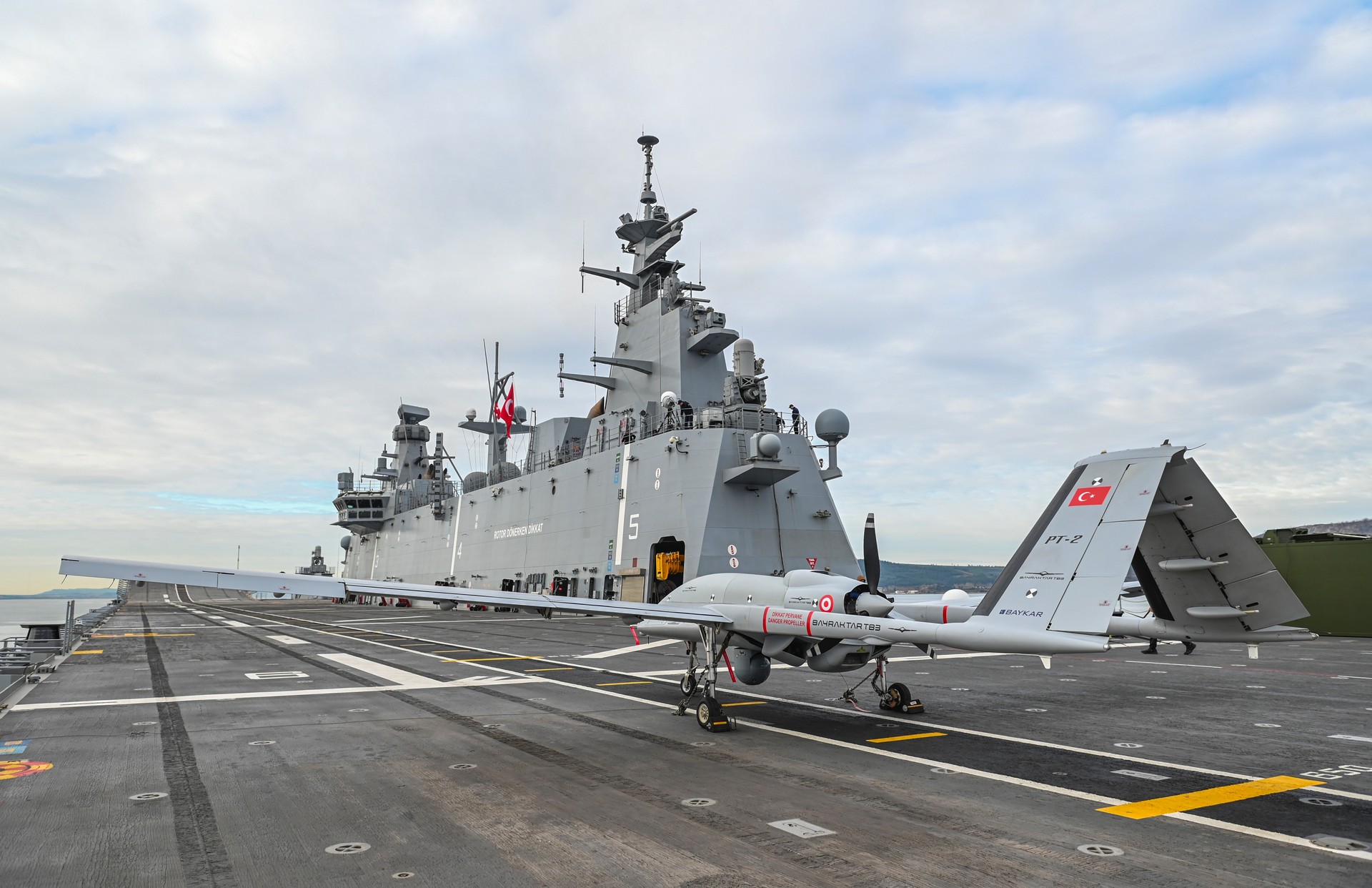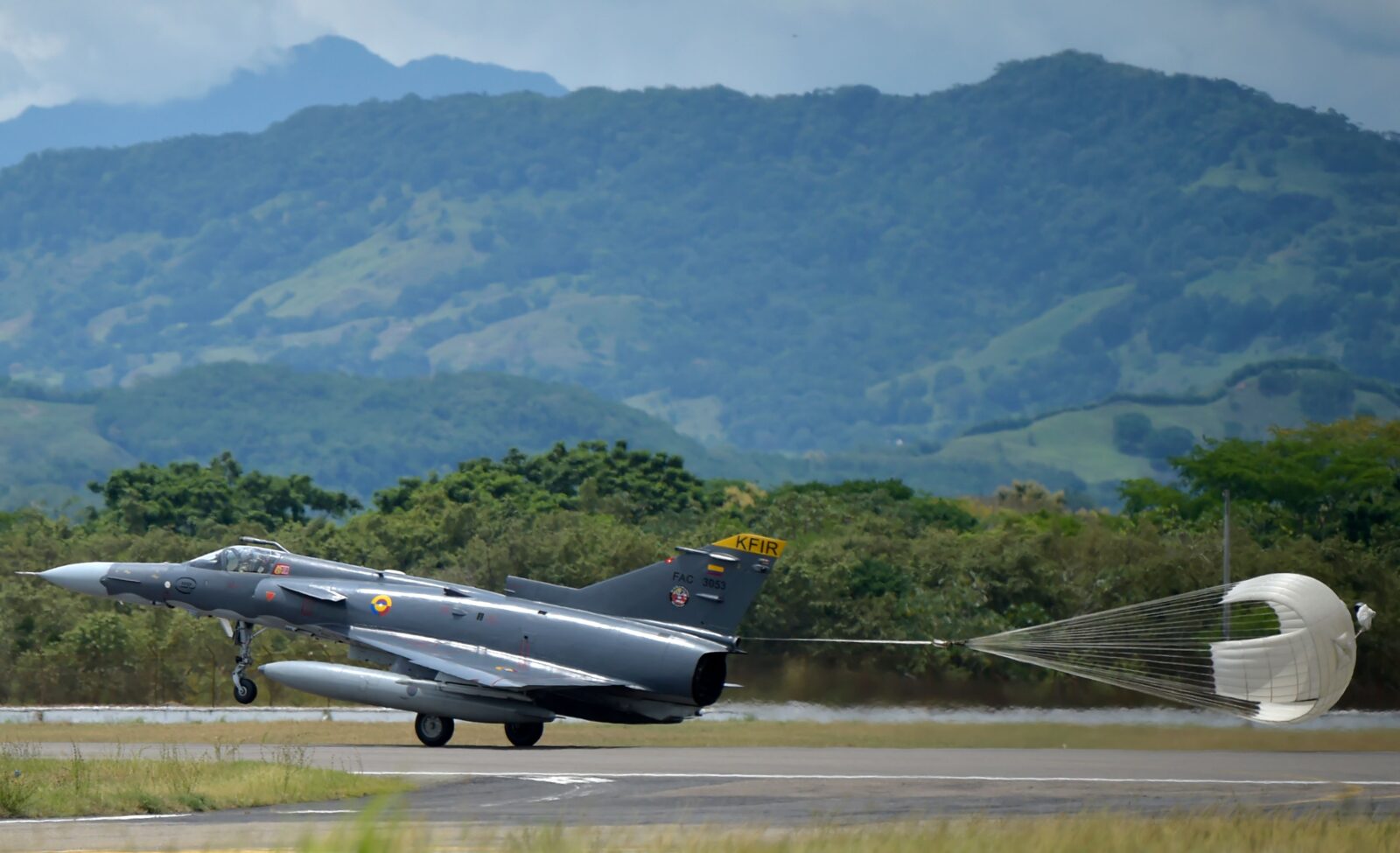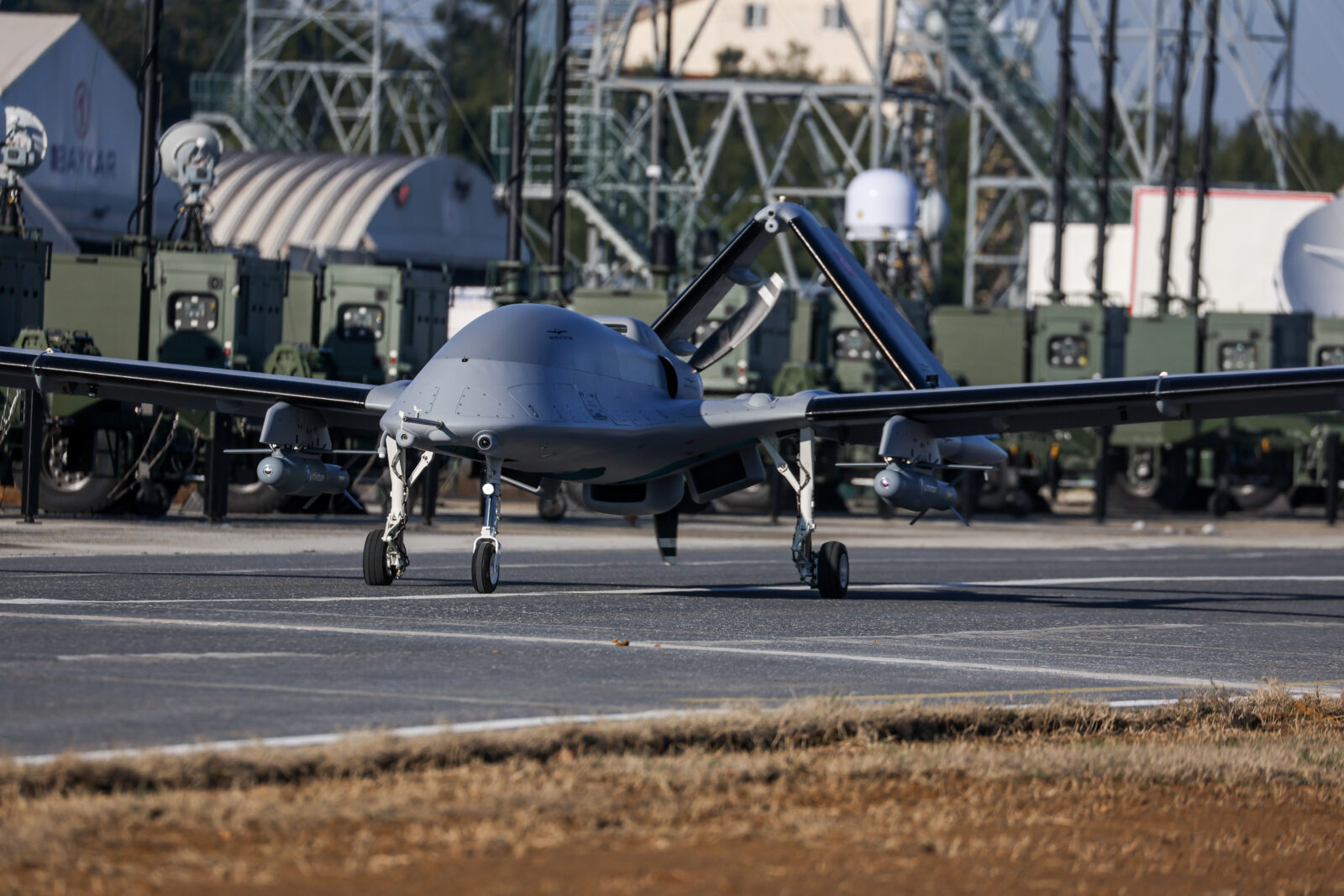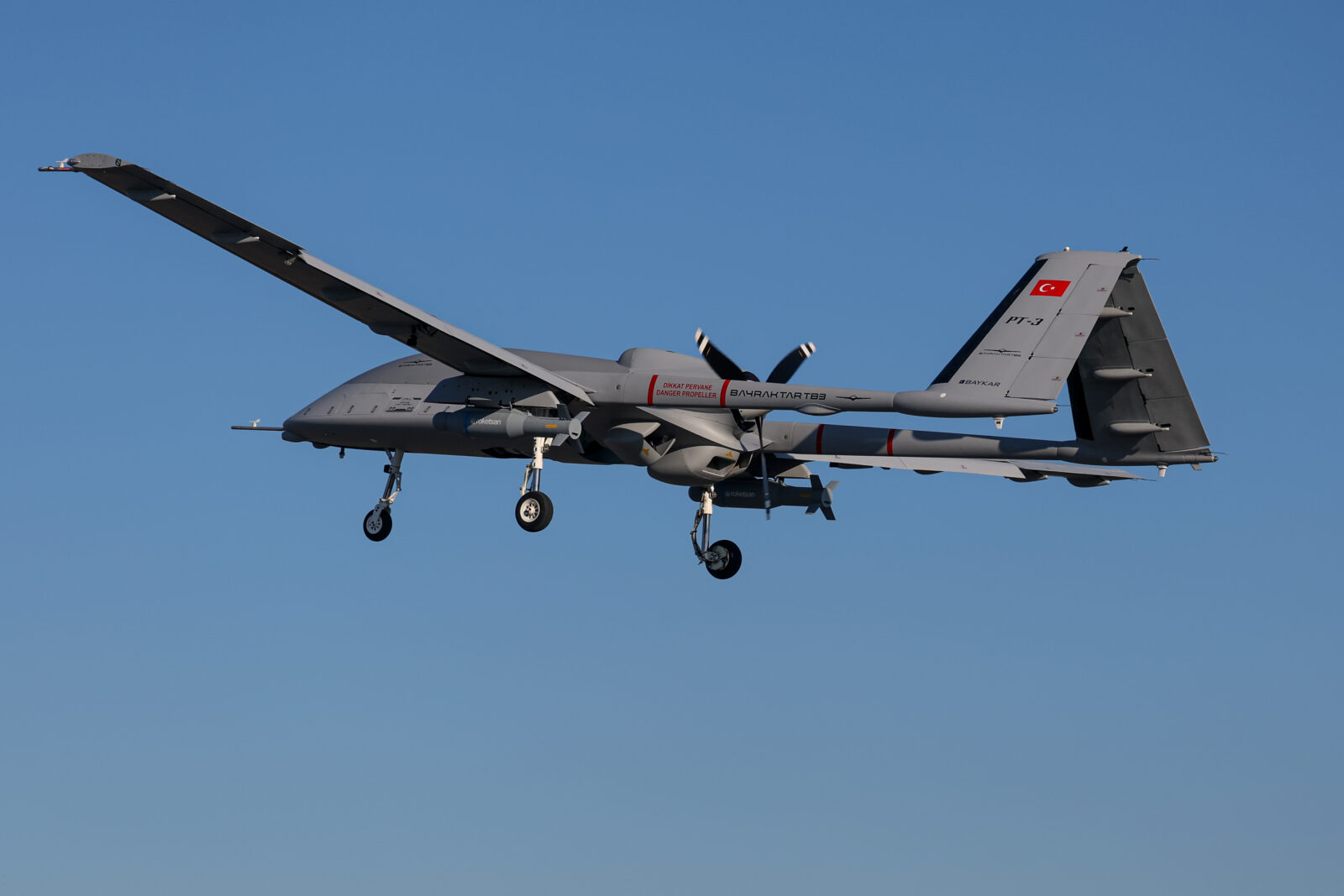
High-ranking officials from the Colombian Aerospace Force (FAC) have reportedly traveled to Türkiye to examine the operational capabilities of the Baykar's Bayraktar TB3, a newly designed unmanned aerial vehicle (UAV) that completed its first flight in October 2023.
The FAC's interest in the Turkish UAV is part of a broader evaluation of remotely piloted aircraft capable of operating at medium altitudes with extended endurance (MALE).
The force is considering options for modernizing its fleet, seeking replacements for its current Israeli Elbit Systems Hermes 900 and 450 UAVs, despite the availability of upgrade programs for these models.
While the Bayraktar TB3 presents a strong alternative for FAC, its capabilities differ from those of Airbus Sirtap tactical RPAS (Atlante-II), a system in which Colombia plans to operate. Preliminary plans include acquiring up to six units of the Sirtap model.

The Bayraktar TB3 is designed for reconnaissance, surveillance, intelligence missions, and weapons deployment over long distances. Its communication capabilities allow for operations within and beyond the line of sight (LOS/BLOS).
Key specifications include:

The Bayraktar TB3 is designed for fully autonomous takeoff and landing, including operations on short-runway aircraft carriers. Beyond reconnaissance and intelligence roles, it can conduct armed operations with smart munitions mounted under its wings.
Additional features include:

The FAC's assessment of the Bayraktar TB3 UAV aligns with its ongoing efforts to modernize its aerial surveillance and defense capabilities.
As Colombia explores options for expanding its UAV fleet, the outcome of this evaluation will be crucial in determining whether the TB3 meets its strategic needs.